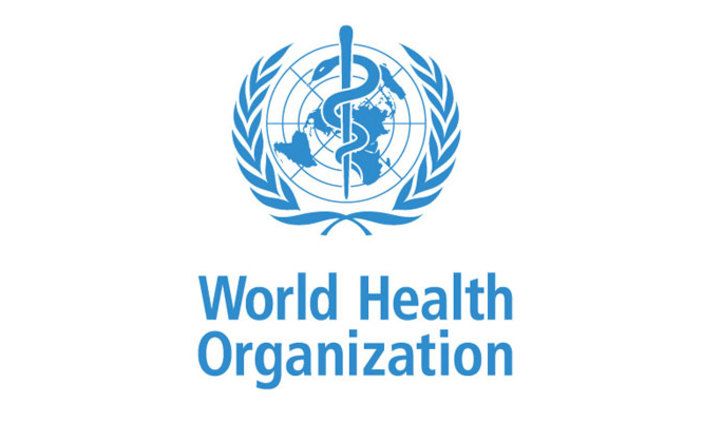WHO Identifies Actions to Address Invasive Fungal Infections
The World Health Organization (WHO) describes measures necessary to confront invasive fungal infections from the pathogens posing highest threat and greatest disease burden.

Increased research and development of antifungals and improved public health policies to address the threat of invasive fungal diseases (IFDs) are proposed in the recently released WHO Fungal Priority Pathogens List (WHO FPPL).
"Countries are encouraged to follow a stepwise approach, starting with strengthening their fungal disease laboratory and surveillance capacities, and ensuring equitable access to existing quality therapeutics and diagnostics, globally," urged Haileyesus Getahun, MD, MPH, PhD, WHO Director, Antimicrobial Resistance(AMR) Global Coordination Division, in an accompanying announcement.
Getahun and colleagues of the AMR Division developed the document to aid in addressing multiple challenges, including the toxicity and expense of existing antifungal medicines, and that particular expertise is required to administer them effectively and with consideration of common drug-drug interactions.
"Additionally, affordable access to quality medicines and diagnostic tests is unevenly distributed. This is especially acute in low-resource settings, where the disease burden is highest," Getahun and colleagues indicate. "As a result, many fungal infections go undiagnosed and untreated. Causative pathogens are rarely confirmed microbiologically, and in most settings, surveillance data are of low quality or absent."
Their first recommendation is to utilize the FPPL ("as the first global effort to systematically prioritize fungal pathogens") to focus action on the prioritized targets. The document then identifies 3 broad areas for action: improved surveillance, targeted support for R&D and innovation, and enhanced public health interventions.
State-of-Art surveillance testing tools, such as MALDI-TOF (matrix-assisted laser desorption/ionization time of flight) mass spectrometry systems and real-time PCR, as well as antifungal therapeutic monitoring are recognized as currently too costly for other than high-income settings. The FPPL urges increased access, however, to mycology laboratories employing microscopy and cultures; and to such diagnostic tools as CT and MRI imaging, and advanced sampling by bronchoscopy and CT-guided biopsy.
Large-scale susceptibility data collection with clinical data linkage is considered key to developing clinical breakpoints for the target pathogens.The document calls for increased collaborative use of national and international level surveillance programs like the WHO Global Antimicrobial Resistance and Use Surveillance System (GLASS)—which, in 2019, expanded its original scope from bacterial infections to include fungi.
Research and development for fungal infections is estimated in the FPPL to receive 1.5% of all infectious disease research funding. The consequence, it indicates, is a weak evidence base with most treatment guidelines informed by limited evidence and expert opinion.
"Tackling the problems posed by IFD will require increased research funding, targeted at the key priorities, new antifungal medicines and improved diagnostics," Getahun and colleagues indicate.
Among the proposed R&D directions:
- Focus on innovative antifungal agents in new chemical classes and new modes of actions—without cross-resistance to other antimicrobial classes and minimal drug-drug interaction
- Improve existing therapies by characterizing optimal use, including determining pharmacokinetics/pharmacodynamics and therapeutic antifungal monitoring
- Develop rapid diagnostic and point-of-care tests for priority pathogens
- Improve efficacy, efficiency and quality of fungal identification and susceptibility testing
Getahun and colleagues argue that public health interventions must be built on the foundation of surveillance and R&D, along the identified priorities. "A deep, granular understanding of the dynamics of disease burden—incidence, prevalence, mortality and morbidity—and the prevalence of AMR for these priority pathogens will facilitate rational interventions," they indicate.
They recognize, however, that health workers in many regions are unfamiliar with fungal infections; with the resulting low clinical suspicion, misdiagnosis, incorrect or delayed treatment, and poor patient outcomes.
"To address this, fungal infections need to be mainstreamed beyond specialized training programs as part of early and ongoing medical and public health training," Getahun and colleagues recommend.
